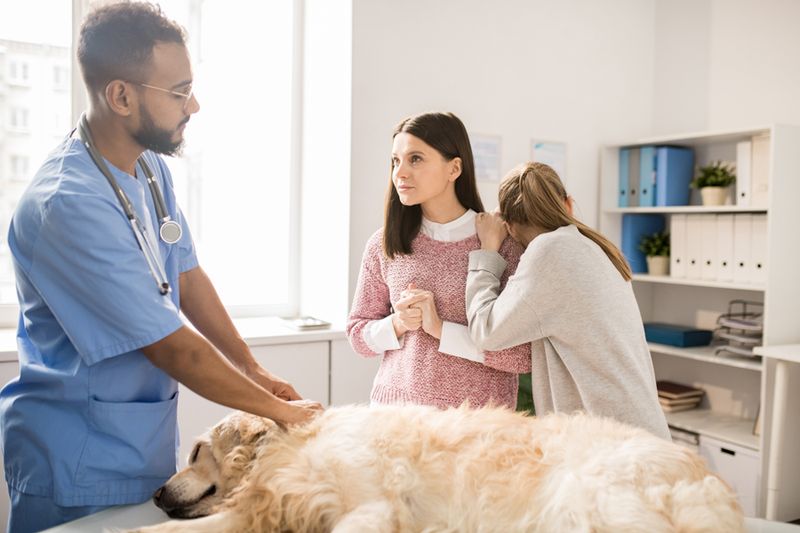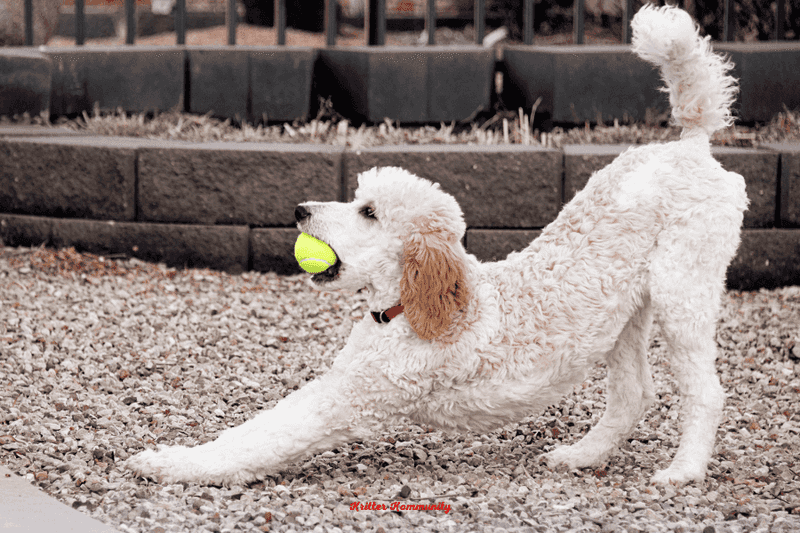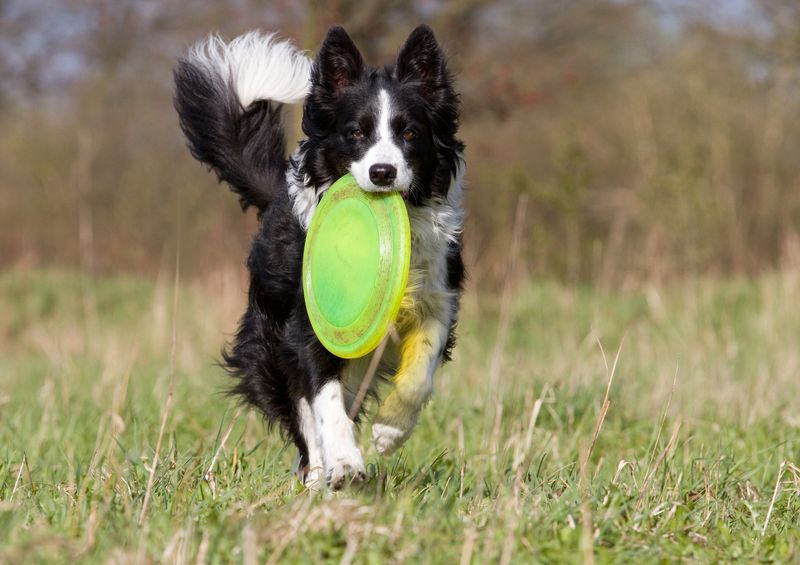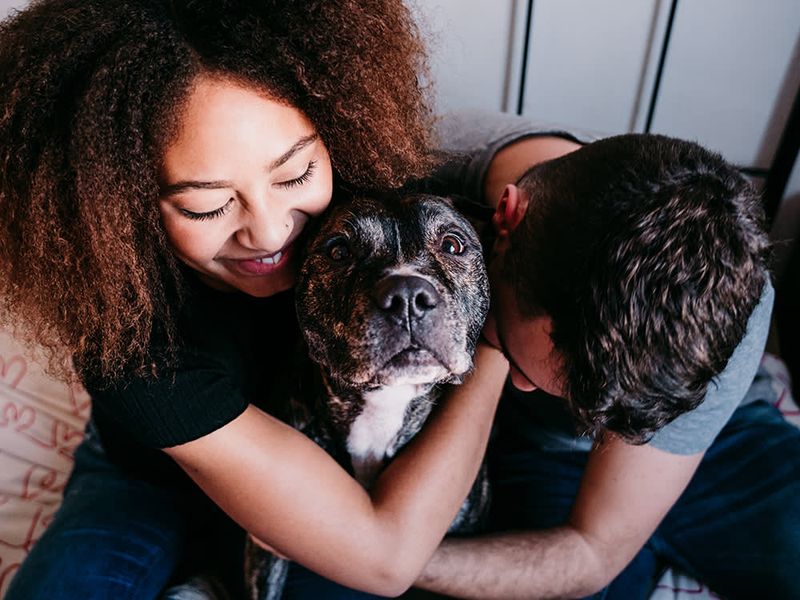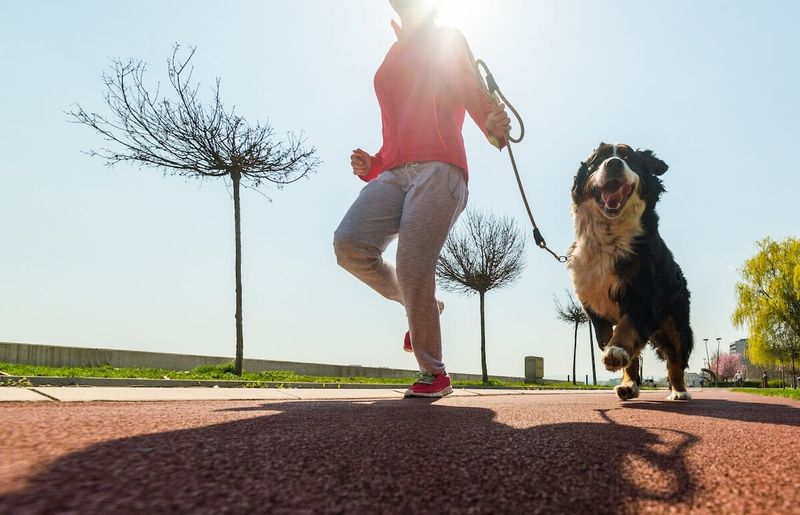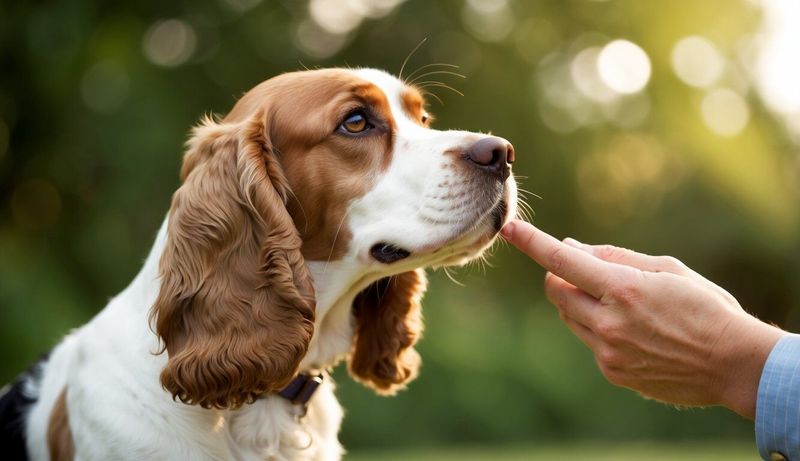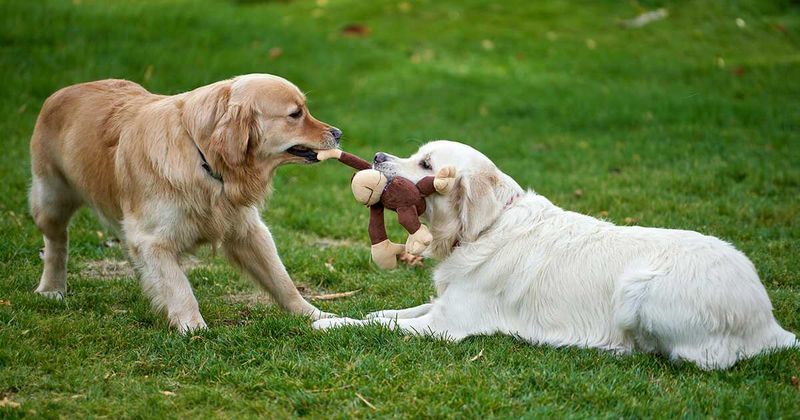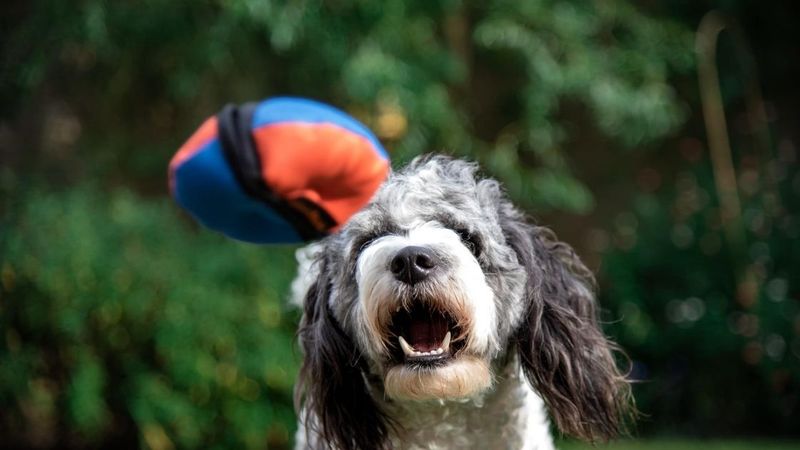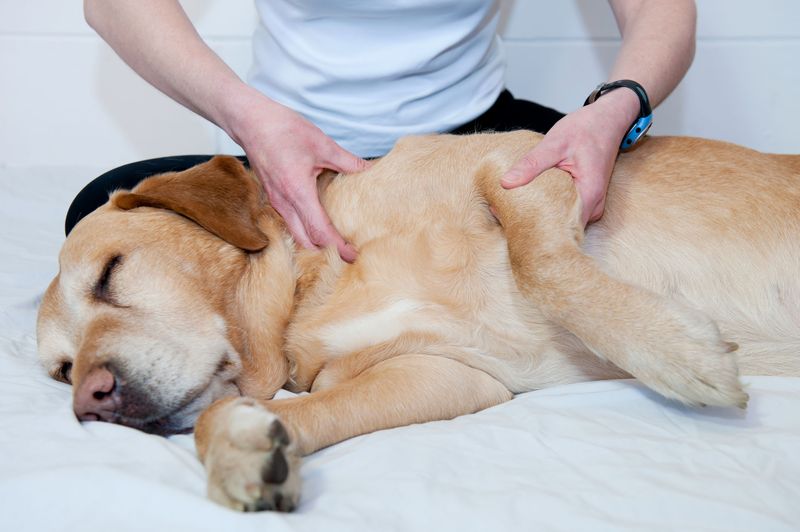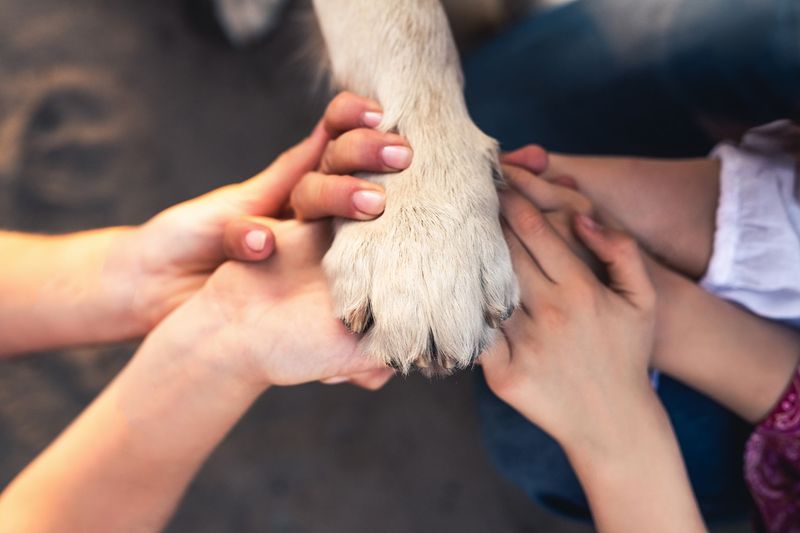Dogs, like humans, can experience deep grief when they lose a companion—whether it’s another pet or an owner. Recognizing and addressing the signs of their grief is crucial to helping them heal. Here, we outline common mistakes people make when dealing with grieving dogs and provide effective methods to support their emotional recovery.
Ignoring Behavioral Changes
When dogs experience loss, their behavior often changes. They might become lethargic, lose interest in play, or even show signs of anxiety. Ignoring these changes can exacerbate their feelings of loneliness and sadness.
Paying close attention allows you to notice these shifts early. By acknowledging what’s happening, you can address the issue more effectively. Moreover, providing comfort through extra attention or new toys can significantly help.
Every dog is different, so tailor your approach to their unique needs. Recognizing the signs and acting promptly is key to their emotional recovery.
Lack of Routine
Routine offers dogs a sense of security and predictability. When a companion is lost, maintaining or re-establishing a daily routine can be comforting. It provides structure and helps them adjust to changes slowly.
Without a routine, dogs may feel more anxious and uncertain about their day-to-day life. Keeping meal times, walks, and play sessions consistent is essential.
Introduce new activities gradually to avoid overwhelm. By maintaining a familiar schedule, your dog can find solace and start to heal from their grief more effectively.
Not Seeking Professional Help
Sometimes, a dog’s grief can be profound, requiring professional intervention. Veterinarians or animal behaviorists can offer valuable insights and strategies to aid in their recovery.
Ignoring severe signs of grief like excessive withdrawal or aggression can lead to long-term behavioral issues. Professional help can tailor interventions suited to your dog’s specific needs.
It’s beneficial to seek guidance early if symptoms persist. Many pet owners underestimate the impact of grief on dogs, but timely support from experts can make a significant difference.
Overlooking Physical Health
Grieving dogs may experience physical symptoms such as loss of appetite or weight fluctuations. Overlooking these signs can lead to more severe health problems.
Regular vet check-ups ensure your dog’s physical health is monitored during this vulnerable time. A balanced diet and proper exercise are also crucial in maintaining their well-being.
Addressing physical symptoms promptly prevents exacerbation of their emotional distress. Tailoring their nutrition and exercise to their current state can aid in their overall recovery process.
Minimizing Their Emotions
Dogs have complex emotions and experience grief profoundly. Minimizing their feelings by treating them as simple creatures can hinder their healing.
Recognizing their emotional depth fosters a supportive environment where they feel understood and not alone in their grief.
Offer them comfort through presence and understanding, rather than dismissing their feelings. This approach builds trust and a sense of safety, essential for emotional recovery.
Inconsistent Engagement
Inconsistency in interaction can confuse and upset a grieving dog. Regular, predictable engagement through play and affection reassures them and provides emotional stability.
Dogs thrive on interaction; hence, fluctuating attention can make them feel neglected or unimportant. Establish a reliable pattern of engagement to enhance their sense of security.
Create a schedule for daily activities. Consistency in your actions shows your dog they are loved and supported, aiding in their healing journey.
Avoiding Socialization
Socializing with other dogs can be therapeutic for a grieving dog. Avoiding such interactions isolates them further, prolonging their sadness.
Introducing them to social settings gradually helps build confidence and reduces feelings of loneliness. Choose environments where they feel safe and can engage at their own pace.
Positive social experiences can significantly uplift their mood and encourage healing. Always monitor their comfort level to ensure each experience is beneficial.
Neglecting Mental Stimulation
Keeping a grieving dog’s mind active is just as important as physical exercise. Mental stimulation can distract them from their sadness and offer a sense of accomplishment.
Puzzle toys, training sessions, and interactive games are excellent ways to engage their minds. Neglecting these activities means missing out on opportunities for mental relief and joy.
Incorporating these activities regularly can ease their grief and provide a healthy outlet for their emotions.
Underestimating Bonding Time
Bonding time is crucial for a grieving dog, providing them with reassurance and love. Underestimating its importance can leave them feeling alienated.
Spending quality time together nurtures your dog’s spirit and strengthens your connection. Simple activities like cuddling or gentle talks can be profoundly comforting.
Every minute spent bonding is a step toward healing. Your presence and affection are powerful tools in their emotional recovery journey.
Overwhelming with New Experiences
Introducing too many new experiences can overwhelm a grieving dog, adding stress to their already heavy emotional load. It’s essential to pace changes and allow them time to adjust.
Start with familiar environments before gradually introducing new ones. This approach ensures they feel secure and not startled by changes.
A gradual introduction to new experiences supports their emotional adjustment, making them more comfortable and confident over time.
Ignoring Signs of Depression
Dogs can suffer from depression, just like humans. Ignoring signs such as loss of interest in activities or excessive sleeping can hinder their healing.
Being aware of these symptoms allows for early intervention, which might include more interactive play or professional help.
Acknowledging depression in dogs is essential in understanding their emotional needs fully. Addressing it with care and promptness gives them a better chance at recovery.
Over-relying on Human Comfort
While human comfort is beneficial, over-reliance can create dependency issues, hindering a dog’s ability to cope independently. Balance is crucial in supporting their healing.
Encourage them to explore and engage with their environment to build confidence. It’s important to foster independence alongside providing comfort.
Helping them become more self-reliant nurtures resilience, a key component in enduring and overcoming grief.
Disregarding Their Space Needs
Dogs need personal space, especially when grieving. Disregarding this can lead to increased stress. A dedicated area allows them to retreat and process their emotions quietly.
Ensure the space is comfortable, with their favorite items nearby, creating a sanctuary of peace and security.
Respecting their need for solitude is a crucial aspect of supporting their emotional health, providing them with moments of calm amidst turmoil.
Providing Comfort Items
Comfort items like a beloved blanket or toy can be soothing for a grieving dog. They offer familiarity and reassurance in a time of change.
These items often carry scents and memories, serving as a source of comfort. Introducing new toys tailored to their current state can also engage their minds positively.
Consistency in providing these comforts helps maintain a sense of normalcy, aiding in their emotional recovery.
Engaging in Physical Activities
Physical activity releases endorphins, which can help alleviate sadness in grieving dogs. Engaging them in regular exercise promotes both physical and emotional health.
Choose activities they enjoy and ensure they’re not overly strenuous, allowing them to feel good without stress.
Exercise provides a productive outlet for their emotions, potentially elevating their mood and aiding in their recovery process.
Implementing New Routines
Establishing new routines can give grieving dogs a sense of purpose and predictability. It helps them adapt to changes and rebuild their daily structure.
Consistency in meal times, walks, and play sessions aids in their emotional stability. Gradually incorporating new activities can also invigorate their spirits.
A well-planned routine reassures them, helping them feel secure and supported during their healing journey.
Encouraging Play with Other Dogs
Playing with other dogs can be a joyful distraction, providing social interaction and relief from grief. Encouraging these interactions helps them feel less isolated.
Ensure they play with familiar, friendly dogs to boost confidence and enjoyment. These moments can be uplifting and beneficial to their emotional well-being.
Social play fosters happiness and healing, offering companionship and fun during a challenging time.
Offering Safe Exploration
Exploration stimulates a dog’s mind and senses, offering a break from their grief. Encouraging safe exploration can reignite their curiosity and zest for life.
Ensure the environment is secure, allowing them freedom without risk. This activity can distract them from sadness, providing a positive focus.
Safe exploration nurtures their adventurous spirit, contributing to emotional healing and resilience.
Using Calming Aids
Calming aids, such as scented toys or anxiety wraps, can soothe a grieving dog. These tools provide comfort and help manage stress levels.
Lavender scents or gentle music might also contribute to a calming atmosphere, promoting relaxation. These aids complement other healing strategies.
Introducing calming aids supports emotional balance, offering relief and comfort during their healing process.
Providing Gentle Training
Training provides mental stimulation and strengthens bonds between owner and dog. Gentle training sessions are beneficial for grieving dogs, offering focus and accomplishment.
Choose simple commands and reward positive behavior to build confidence and trust. This process can distract from grief, promoting emotional well-being.
Training fosters resilience, helping them navigate through their emotions with a sense of achievement.
Introducing New Toys
New toys can be exciting distractions for grieving dogs. They stimulate their minds and provide joy, aiding in emotional recovery.
Choose toys that suit their preferences, ensuring they engage positively. Variety keeps them entertained and less focused on sadness.
Introducing new toys can invigorate their spirits, offering comfort and a sense of fun during a trying time.
Allowing Time for Adjustment
Grief doesn’t disappear overnight. Allowing your dog time to adjust respects their emotional process. Rushing their recovery can create stress.
Be patient and observe their needs, providing support as necessary. Acknowledging their pace respects their individual journey.
Time and patience are integral to healing, offering them space to gradually overcome their grief.
Offering Massage Therapy
Massage therapy can be incredibly beneficial for grieving dogs, offering relaxation and emotional comfort. This gentle touch soothes stress and fosters a sense of connection.
Seek professionals skilled in animal massage to ensure safety and efficacy. These sessions can complement other healing strategies.
Massage promotes both physical relaxation and emotional healing, offering a holistic approach to their well-being.
Maintaining Familiar Scents
Familiar scents offer comfort to grieving dogs, reminding them of their lost companion. Maintaining these scents can ease their transition and provide emotional solace.
Keep items like blankets or toys that carry familiar scents accessible. These contribute to a sense of continuity and support.
Familiarity in scents helps them feel connected and less alone, aiding in their emotional journey.
Encouraging New Friendships
Building new friendships can bring happiness and distraction from grief for dogs. Encouraging interactions with new companions fosters social growth.
Choose settings where introductions can be calm and positive. New friendships offer companionship and joy, enhancing their emotional health.
These relationships can be a source of happiness and healing, providing new beginnings amidst loss.
Practicing Mindfulness
Mindfulness can be beneficial for dogs, promoting calmness and presence. Practicing mindfulness, such as quiet time in nature, supports their emotional recovery.
Encourage moments where they can relax and enjoy the present, free from stress. These practices foster tranquility and resilience.
Mindfulness nurtures peace and healing, offering a serene path to emotional balance.
Joining Support Groups
Support groups for pet owners offer a shared space for comfort and advice. Attending with your dog can be beneficial, providing mutual support for both of you.
These groups foster community and understanding, helping navigate the challenges of a grieving pet. Shared experiences can offer valuable insights.
Support groups create a network of empathy and wisdom, aiding in the healing journey for both you and your dog.



